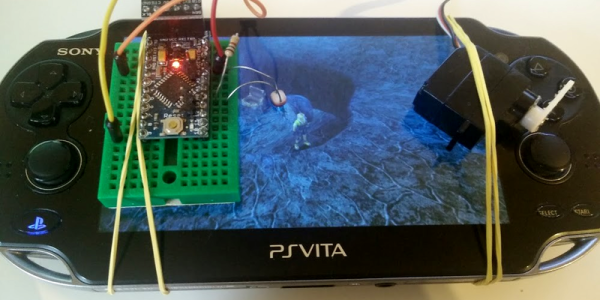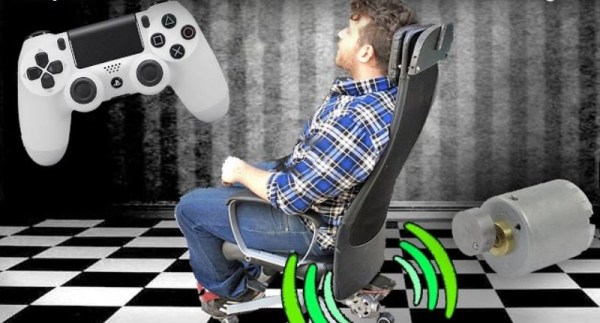[Robson Couto] never actually owned a PlayStation in his youth, but that doesn’t mean he can’t have a later in life renaissance. In particular a Japan-only accessory called the PocketStation caught his interest.
The item in question resided in the PlayStation’s memory card slot. It’s purpose was to add additional functionality to games and hopefully sell itself. Like the PokeWalker, Kinect, etc. It’s an age old tactic but the PocketStation had some interesting stuff going on (translated).
The biggest was its processor. Despite having a pathetic 32×32 mono screen, it hosted the same processor as the GameBoy Advance. Having acquired a card from an internet auction house [Robson] wanted to load up some of the ROMs for this device and see what it was like.
It took quite a bit of work. Luckily there is a ton of documentation floating around the internet thanks to the emulation scene and it wasn’t long before he convinced a microcontroller to pretend to be the memory card slot. Now anyone with some skill and a small piece of gaming history can play around with the rare ROM dump for the PocketStation.



















